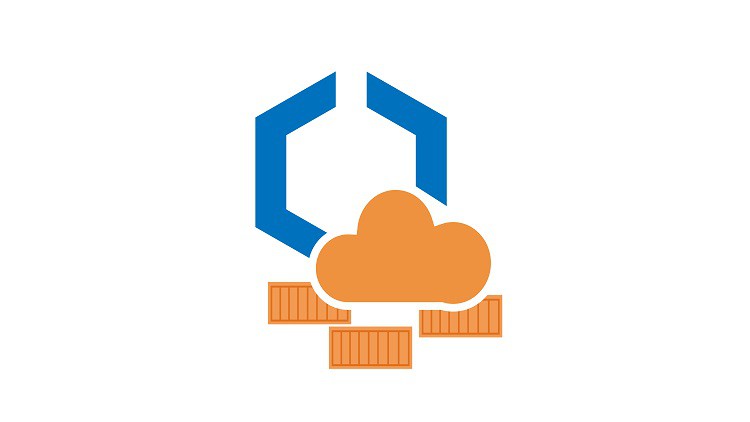MASTER Kubernetes with AWS Elastic Kubernetes Services (EKS) – Free Udemy Courses
Learn how to manage docker containers using AWS EKS (Elastic Kubernetes Services). Learn fundamentals of Kubernetes, AWS
What you’ll learn
MASTER Kubernetes with AWS Elastic Kubernetes Services (EKS) – Free Udemy Courses
- Learn the fundamental concepts of containerization technologies like docker and Kubernetes
- Learn how to create a Kubernetes YAML file
- Learn how to create public and private Elastic Container Registry
- Learn how to push the docker image to ECR
- Learn how to provision and manage containers on AWS cloud with EKS Elastic Kubernetes Services
- Learn how to create and use EKS Cluster
- Learn how to use excel, docker, and kubectl command line.
Requirements
-
Must have Hyper V capabilities on the system
-
Minikube installed
-
The idea of system administration and Linux commands will be good (Not mandatory)
-
Understands the basic concepts of containerization technology
Description
These days demand for Container and Container orchestration technologies is undergoing tremendous growth as this technology helps organization to become more agile and scalable.
Kubernetes + AWS = AWS Elastic Kubernetes Services (EKS)
Kubernetes, also known as k8s is a popular and open-source container orchestration. It offers features like Scalability, Load Balancing, High Availability, Security, and much more.
Amazon Elastic Kubernetes Service (Amazon EKS) is a managed container service to run and scale Kubernetes applications in the cloud or on-premises.
One of the benefits of using Amazon EKS is there is no burden of managing the master node and the cluster control plane. But by using Kubernetes natively, one can have more control over the master node and cluster control plane compared to using AWS EKS.
As the demand for DevOps engineers is increasing rapidly, having Kubernetes and AWS EKS as a skill will help you to grab the valuable opportunity.
In this course, you will learn to create Kubernetes clusters locally and on AWS. You will learn to create different and important Kubernetes objects such as Pods (the basic unit of Kubernetes cluster), Replicaset, Deployment, Services, and much more.
Then you will learn how to use cloud formation to set up the Kubernetes cluster on Amazon AWS, then create a private and public ECR Repository and run inside the AWS EKS cluster.
You will also learn how to use excel, docker, and kubectl command line utilities to perform the above tasks.
Who this course is for:
- Anyone who wants to make deployments easier and faster









